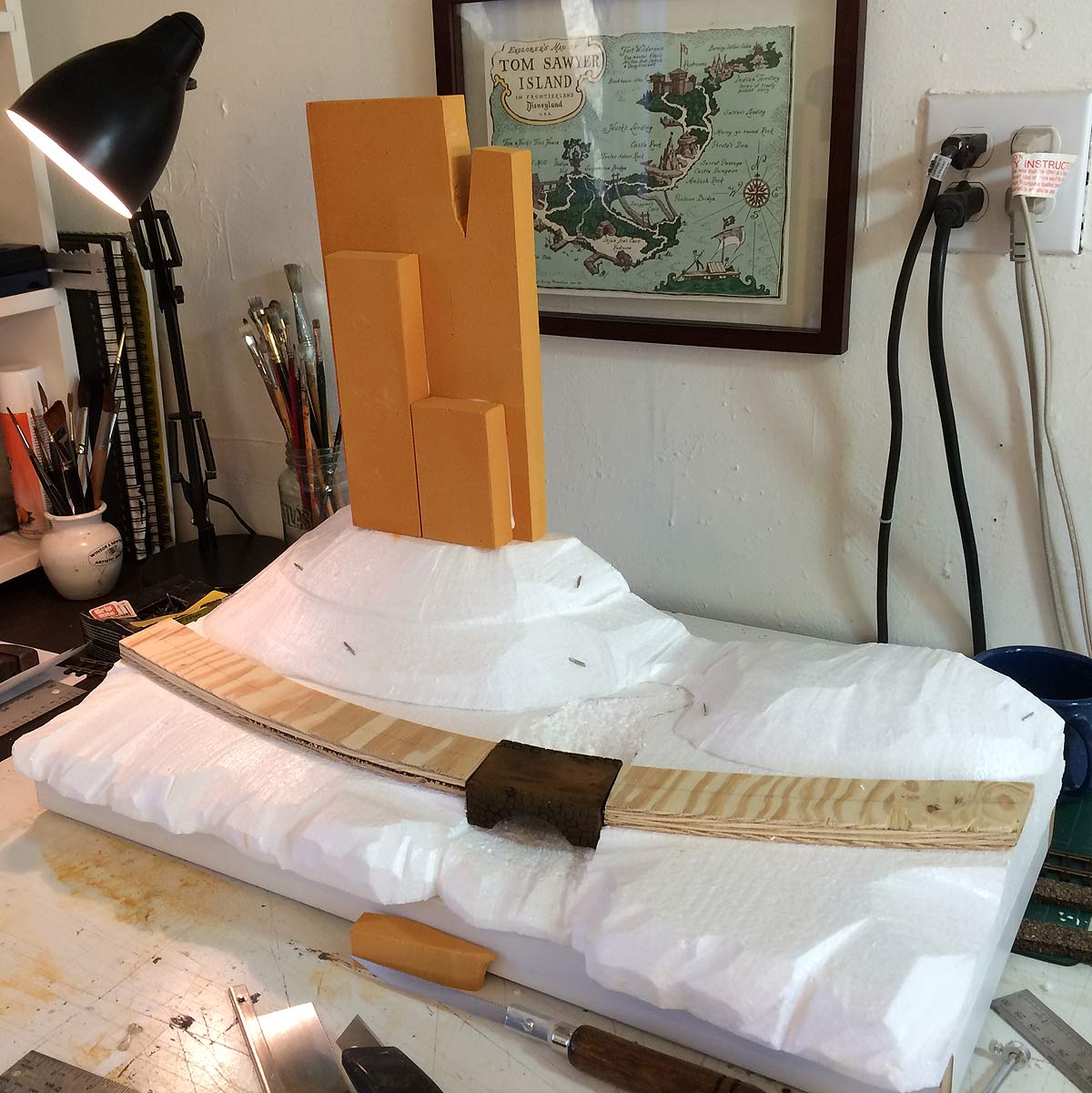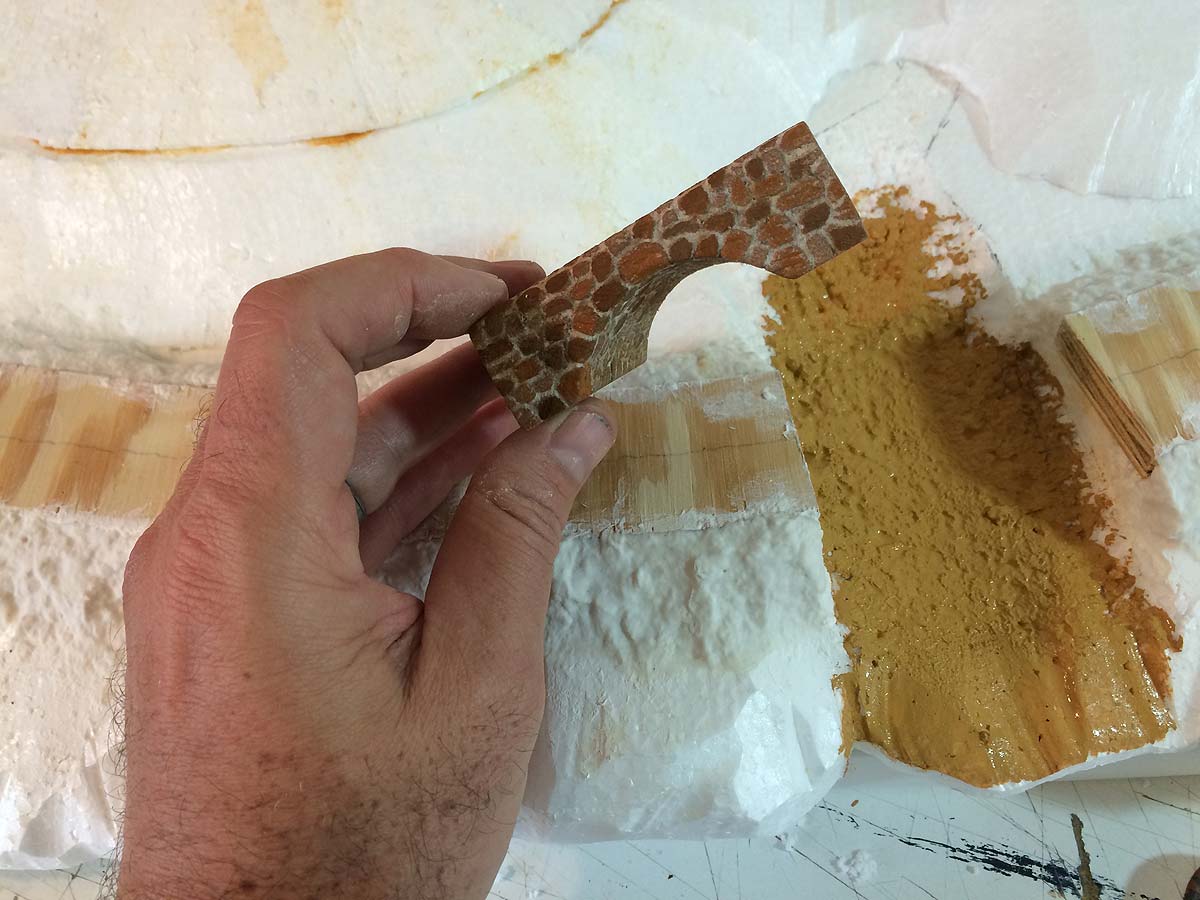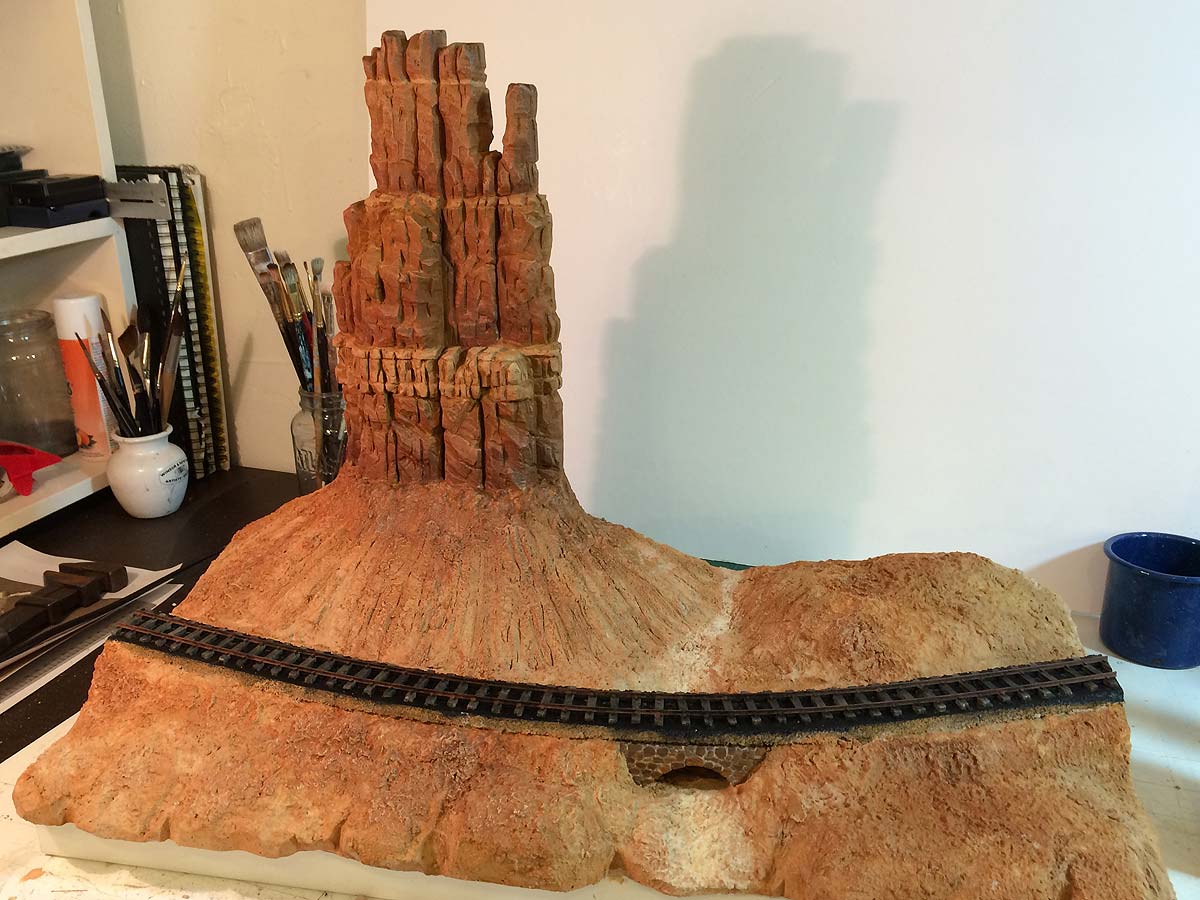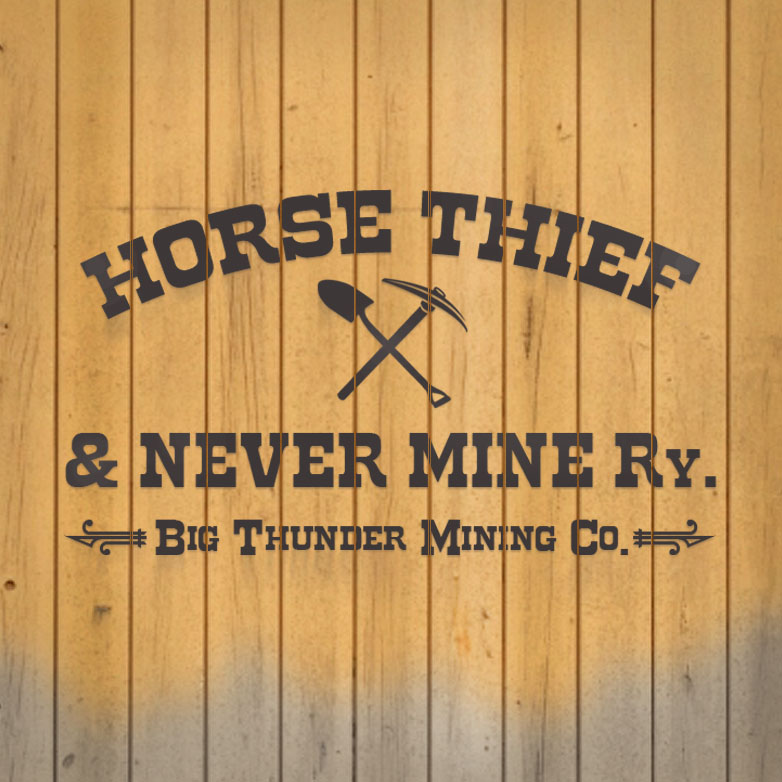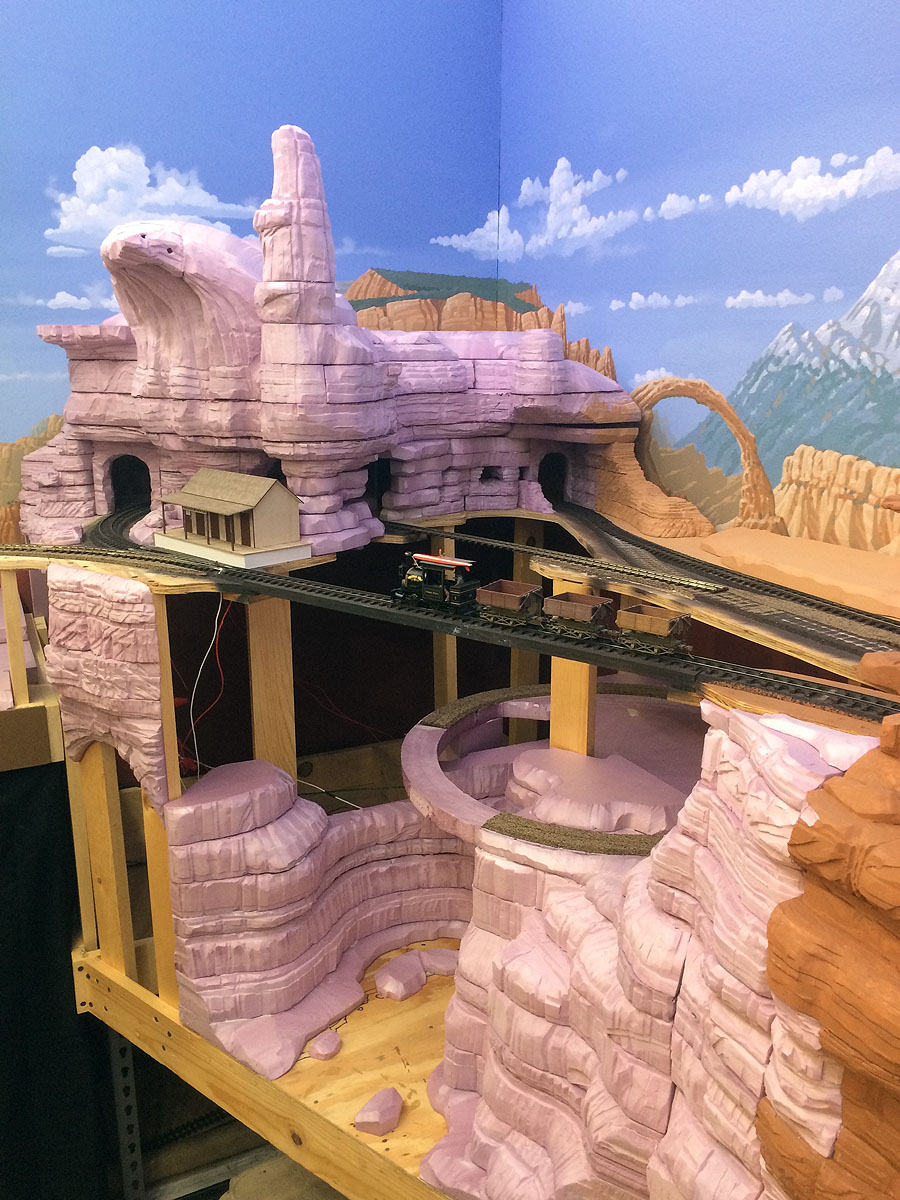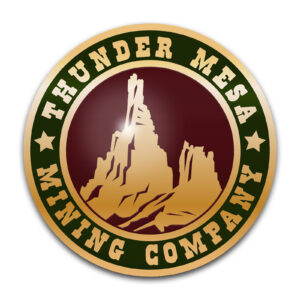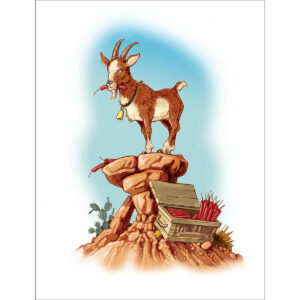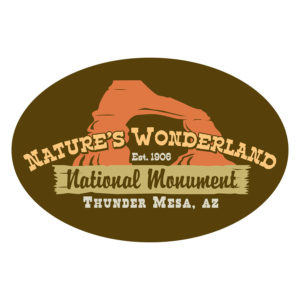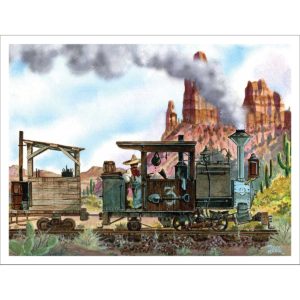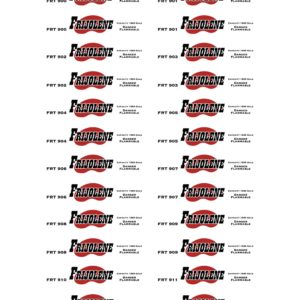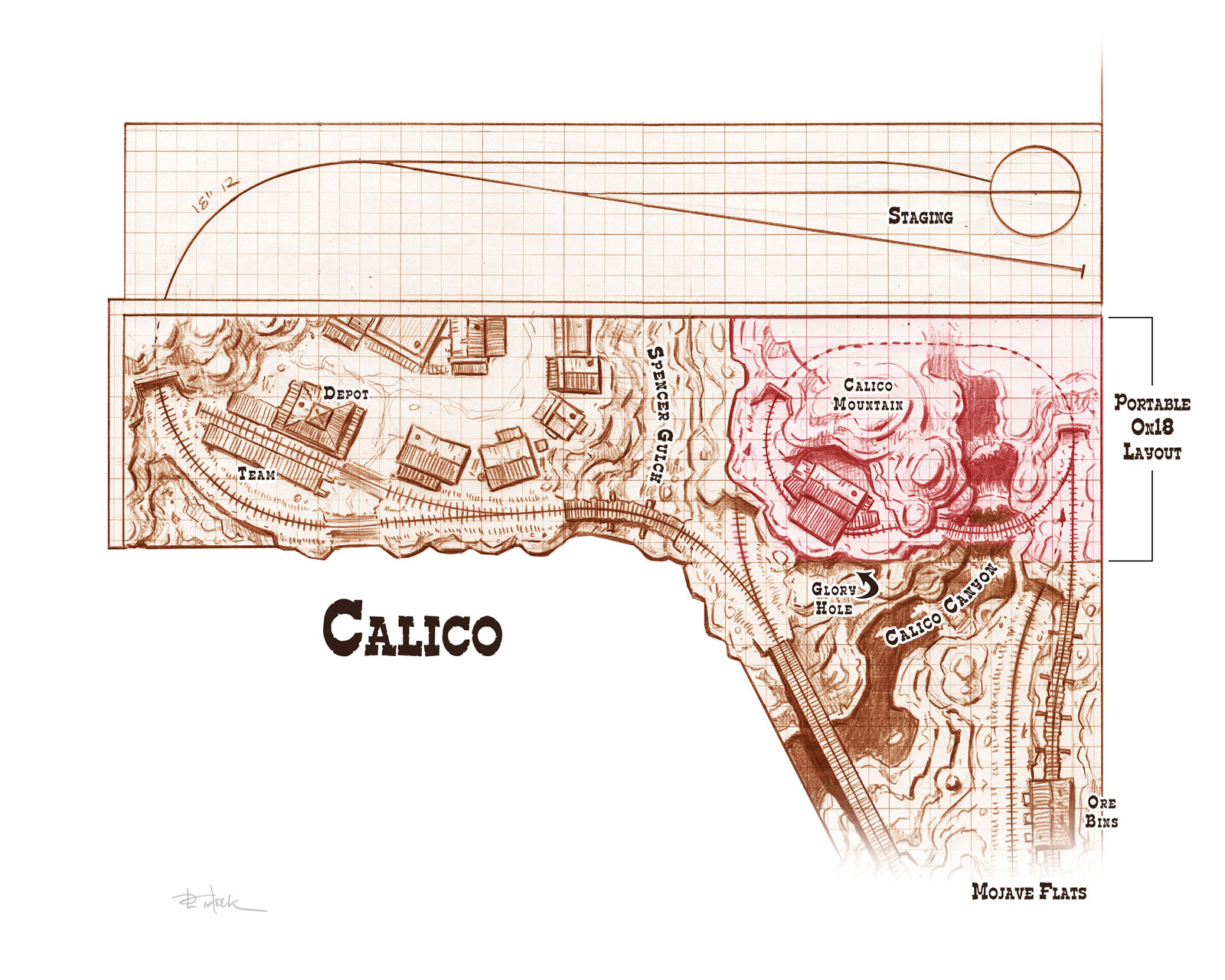BCRy Part II. Work continues on my On18 Bandit Canyon Ry micro-layout! This week, I add risers to raise the plywood sub-roadbed up to the desired height, then it’s time for cork roadbed, laying some Peco flextrack, building a simple manual turnout linkage, and hooking up the DC power. Join me as I bring the BCRy to life for the first time and explain a few tips and tricks learned over the years to make all of these tasks a little smoother and easier.
Thanks for watching, amigos!
Dave





